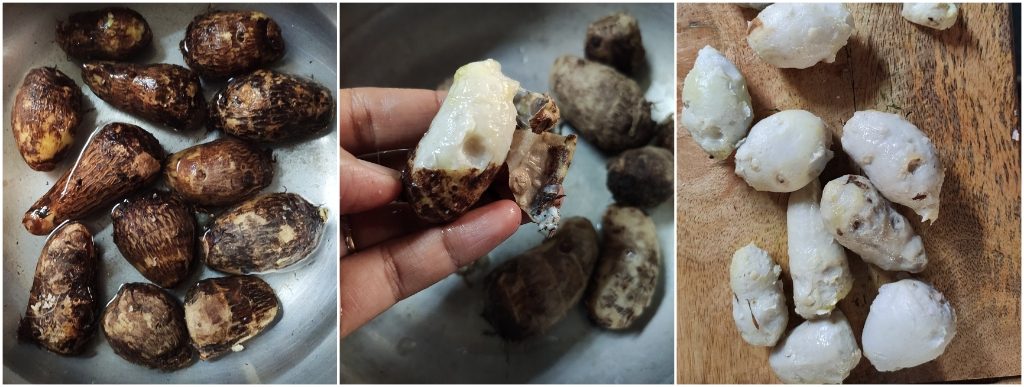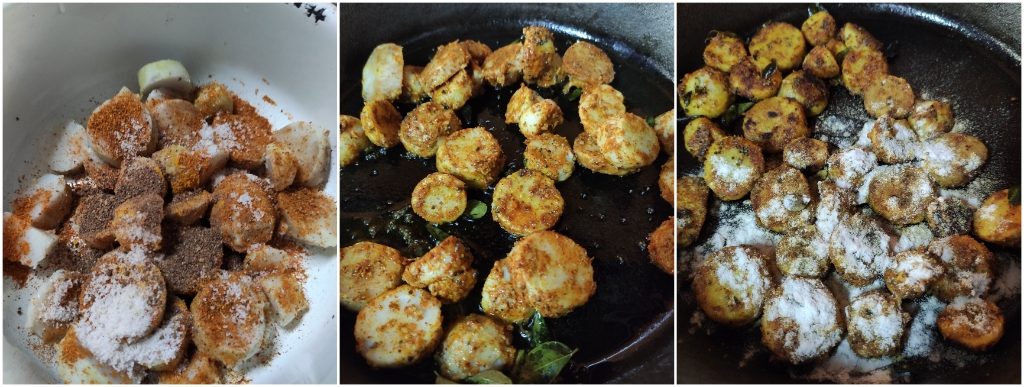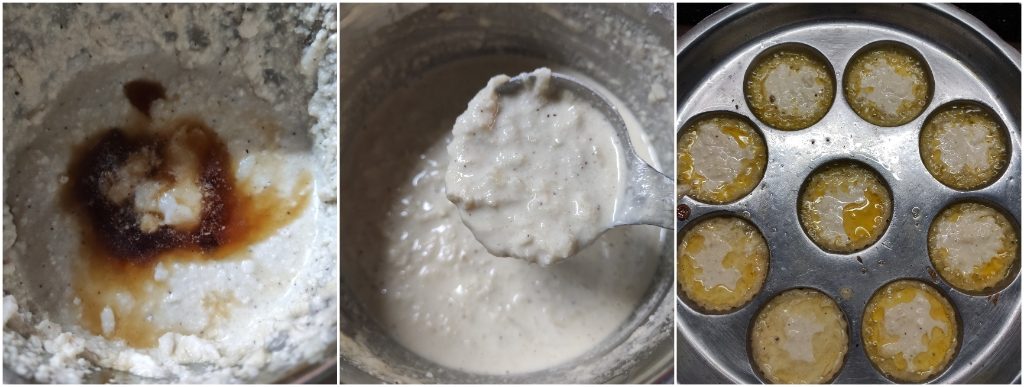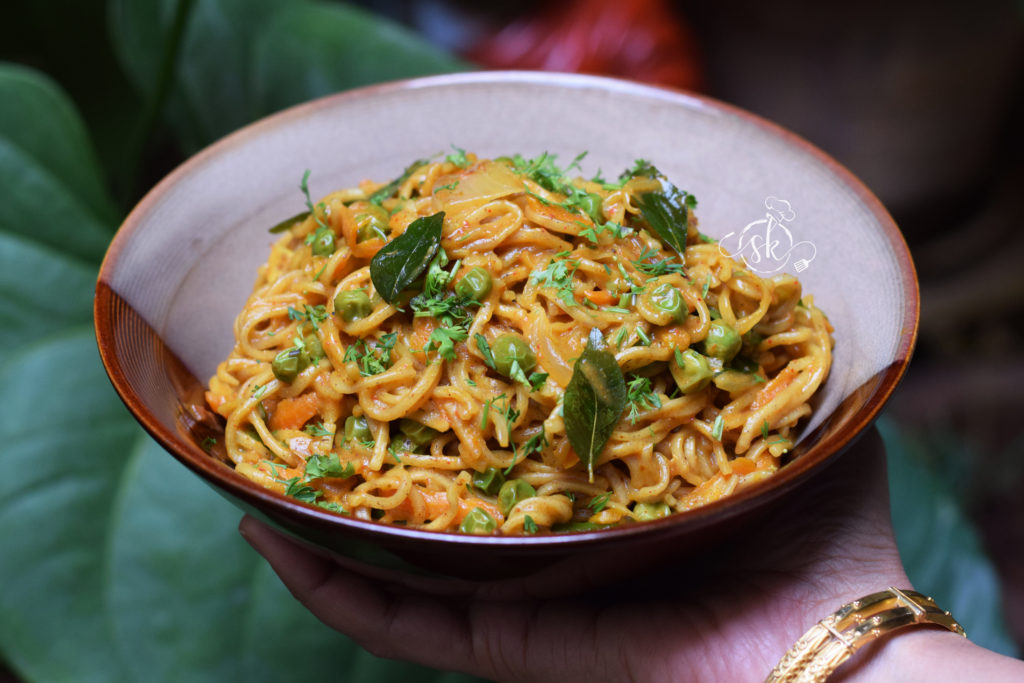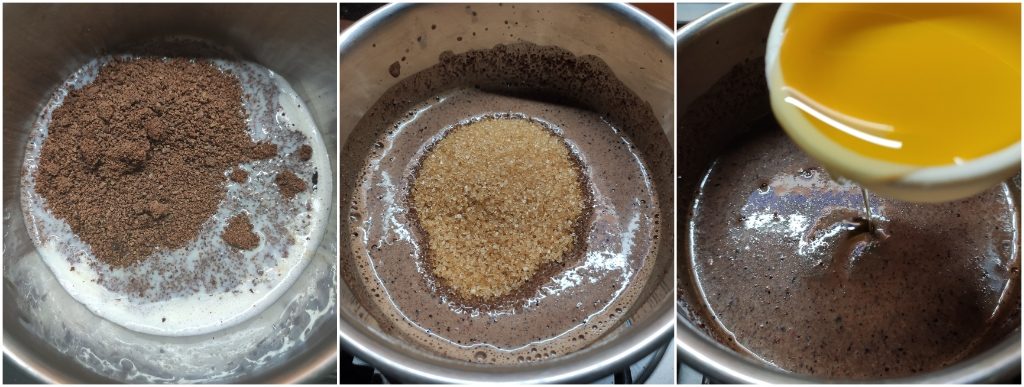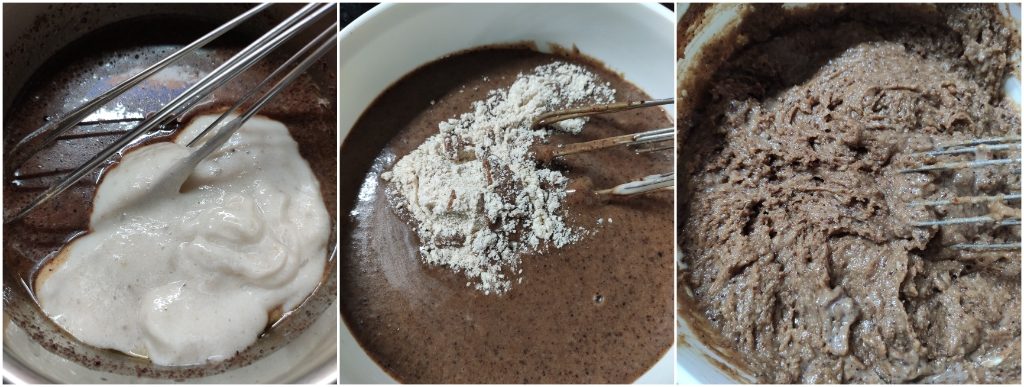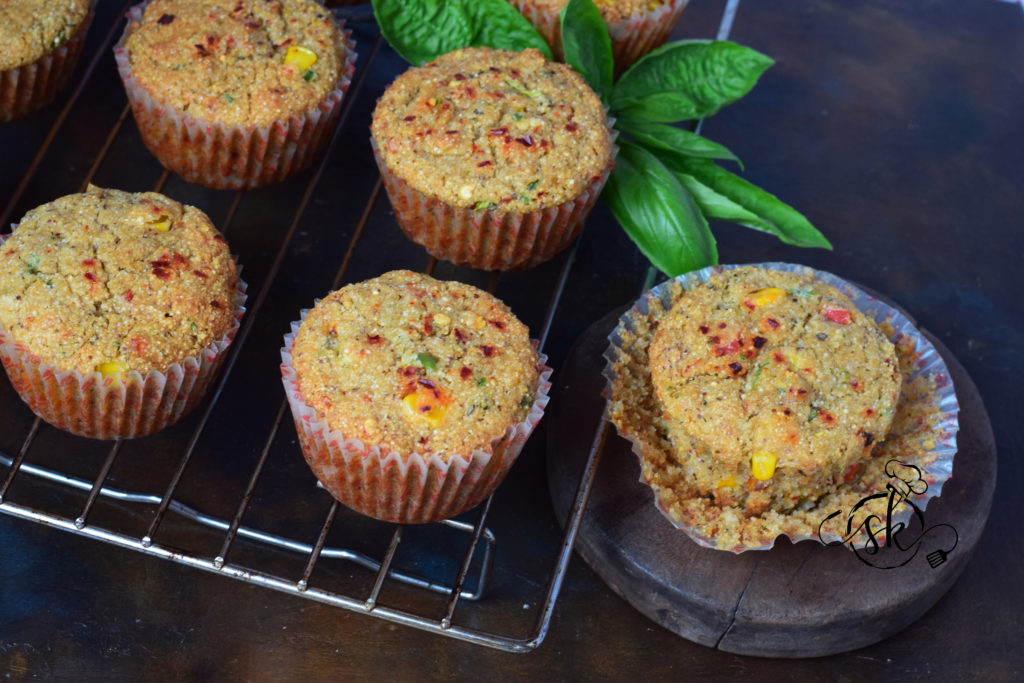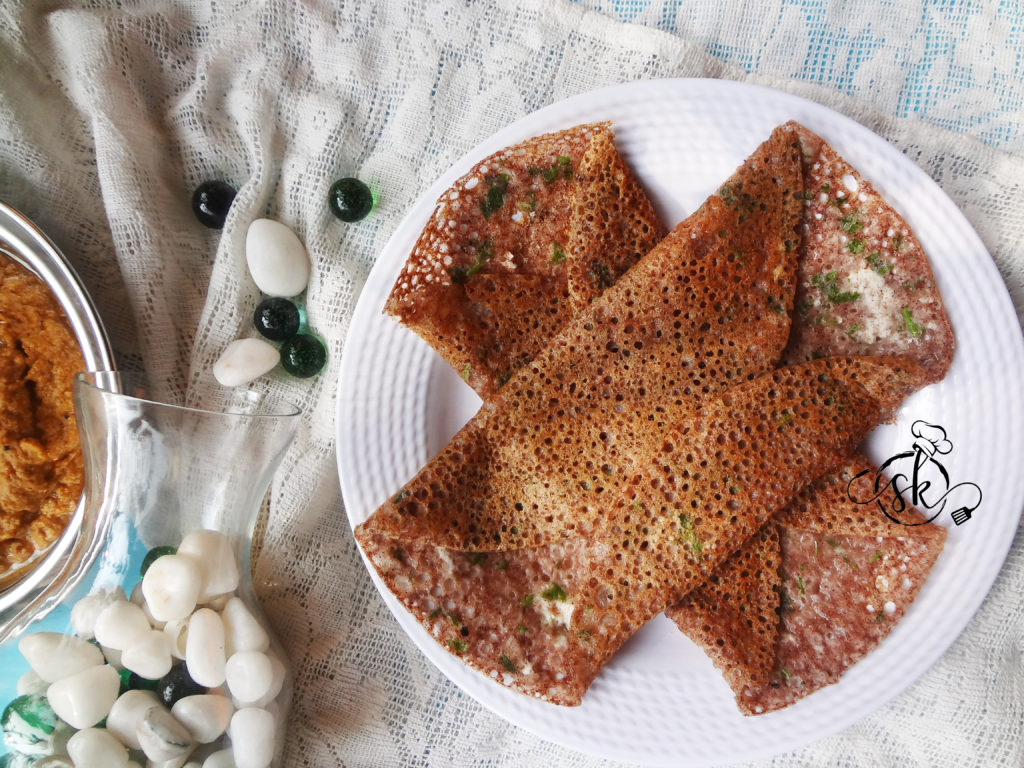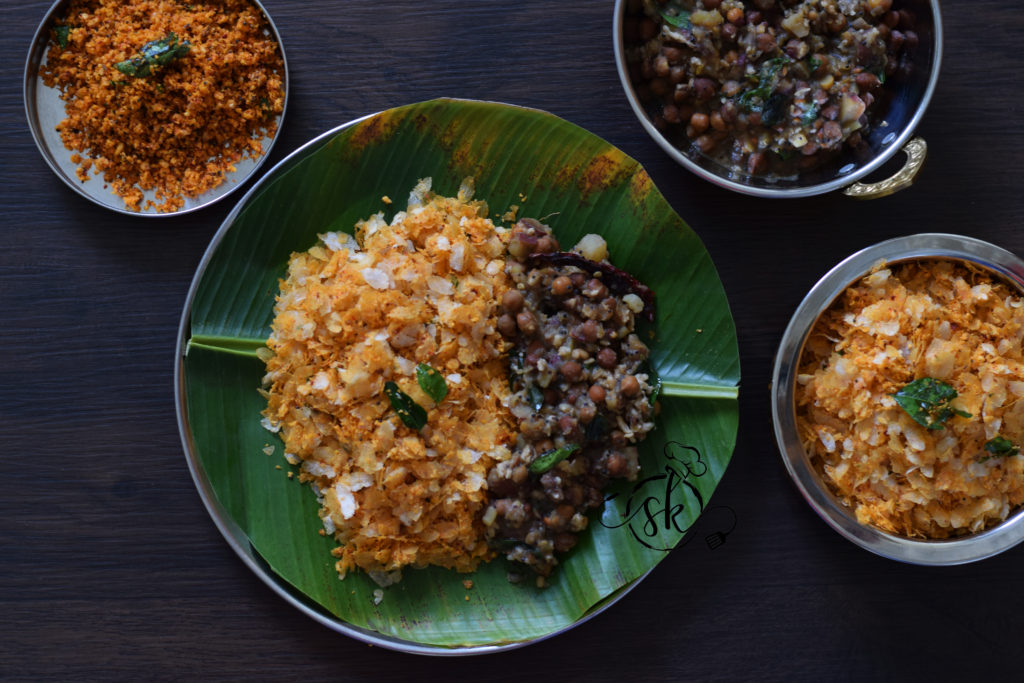Uppittu/ Upma can be prepared in so many ways. Each recipe has its unique flavour and is an excellent option when you want to eat a quick, no-preparation meal. Upma works out well and fits the bill on any meal and time of the day, even as a tiffin box item.
My daughters, who love Upma in any form, have a particular fondness for Capsicum Uppittu, and that was why I want to share this much-loved recipe, under “beginners guide” in my blog.
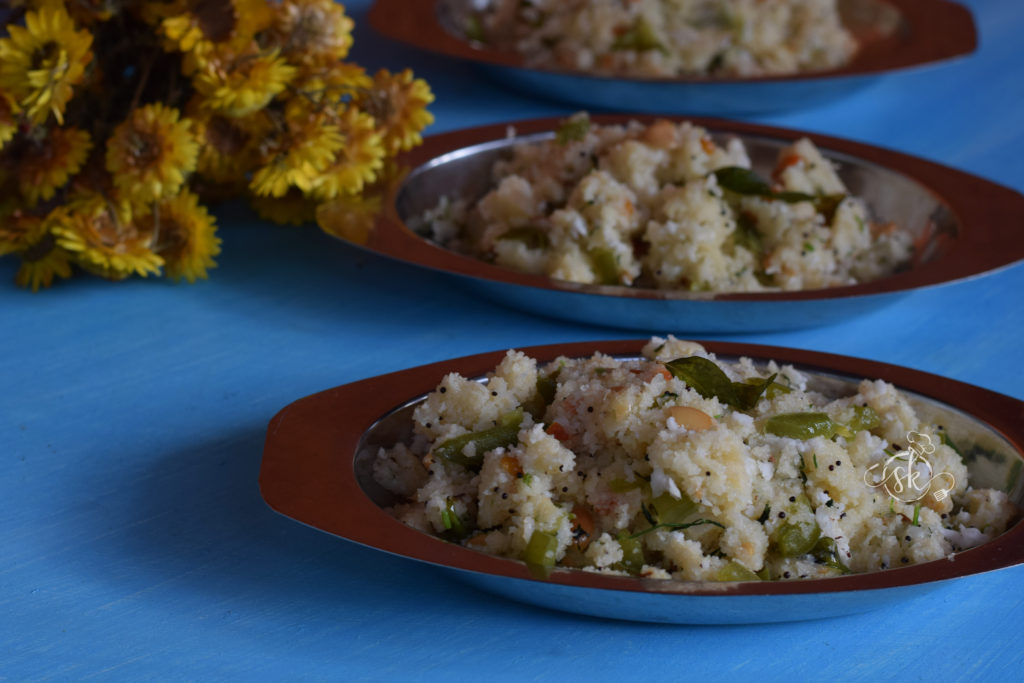
Ingredients:
Fine rava / Bombay rava / Uppittu rava – 2 cups
Oil – 6 tablespoons
Mustard – 1tsp
Urad dal – ½ tsp
Chana dal – ½ tsp
Cumin – ½ tsp
Cashew nuts – 2 tablespoons
Curry leaves – 1 spring
Onion – 1 big (chopped)
Green chillies – 2 to 3
Small Tomato – 1 ( optional)
Capsicum – 1
Salt
Water – 5 cups
Coriander leaves – as much as needed
Grated Coconut – as much as needed
Method:
-Boil water in one vessel by adding the required amount of salt.
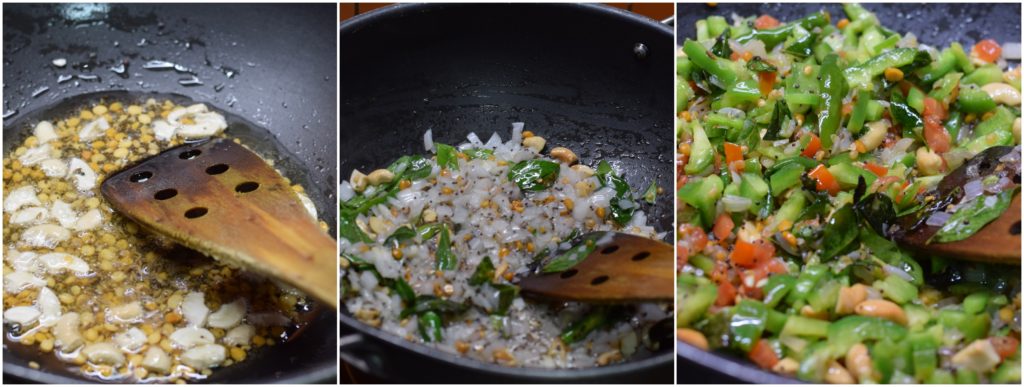
– Take one Kadai, add oil, splutter mustard, cumin, urad, chana dal, cashew nuts, curry leaves, green chillies, onion, and fry.
-If you are adding Tomato, add now and fry for a while.
-Next, add chopped capsicum and fry until it is soft.
-Now add Rava and fry till it is grainy. Add coriander leaves, and fry until it is crisp.
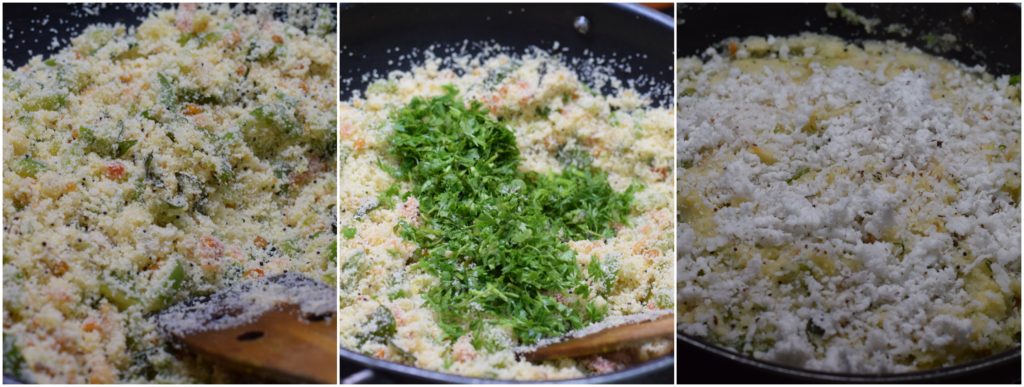
-Add water, and cook on a low flame by closing the lid.
Garnish with grated Coconut, close the lid, and leave it for resting.
-After 5 to 10 min, if you mix it, upma would turn perfect in texture and soft.
-Serve and enjoy.


